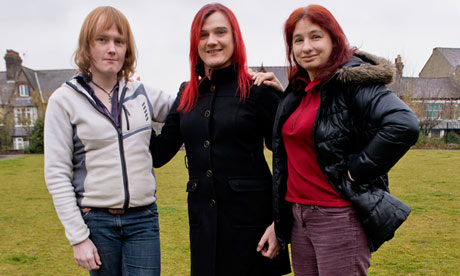Laws should work against abusive, predatory behavior and stop interfering in the relationship rights of consenting adults. Looks like Samoa, which is tinkering with "sex crime" laws, still has a long way to go. This report was at rnzi.com... [POSSIBLE TRIGGERS]
Simplify. Remove "incest" from the law books. Have strong rape/molestation laws. Have sentence enhancements for rape/molestation by a guardian. Predatory behavior like that is a different thing than consensual sex.
Drop laws and other forms of discrimination against sex between consenting adults.
The Attorney General, Aumua Ming Leung Wai, says the Crimes Act 2013 is an updated version of the crimes ordinance, which is over 50 years old and was missing a lot of new offences.This report is vague. I'm assuming by voyeurism, they are referring to stalkers, or situation where someone expects privacy but is being watched. What qualifies as the criminal distribution of indecent material using mobile phones? I think bigoted statements are indecent. But is this law attempting to ban, say, images of nudes sent by one adult to another through mutual agreement? If so, that is ridiculous.
He says voyeurism is a new offence created under the act, and new cyber-crime offence provisions have been included as well as prohibiting the distribution of indecent material using mobile phones.
“For rape, it has always been life imprisonment as the maximum, so that has remained,Good.
incest for example used to be seven years, but come the first of May this year it will increase to 20 years maximum imprisonment term,"Wait a minute. There's already a good rape law that can result in life imprisonment. So the implication is that this is referring to consensual incest, or consanguinamory, which shouldn't be illegal in the first place, or do they mean rape by a close relative is somehow less egregious than rape by someone else?
Simplify. Remove "incest" from the law books. Have strong rape/molestation laws. Have sentence enhancements for rape/molestation by a guardian. Predatory behavior like that is a different thing than consensual sex.
Drop laws and other forms of discrimination against sex between consenting adults.






 5:14 PM
5:14 PM
 Unknown
Unknown

 Posted in:
Posted in: 




















